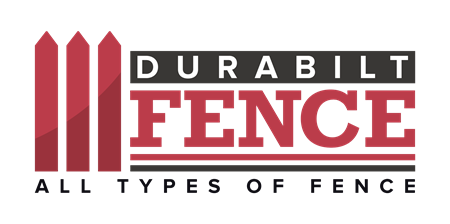Things to Know About Fences
Before installing your fence, ask yourself what is the purpose of installing the fence? Whatever its purpose, a fence can function in many ways, but the first step is deciding what you’re looking for to choose one that works for you.
Materials
A white picket fence is quintessential, but before you buy wood posts and whitewash, think about the commitment you’re making. Wood fences may require occasional staining or sealing and can warp and rot over time. Consider a low-maintenance material, such as vinyl, that offers the look of wood without the elbow grease. Other material options include aluminum, steel, wrought iron, and bamboo.
Research
Inquire with homeowners or neighborhood associations and municipal building code officials regarding covenants that dictate fencing look, height, and material. Inthe fence permit process, city and neighborhood rules may specify the better-looking side of a fence (the side that doesn’t show posts and rails) be placed toward the public face of the property. Ask how far a fence has to be set back from sidewalks and property lines, and find out if your fence project will require a building permit.
Hire Professionals
Fence installation is harder than it looks. Consider hiring a professional to complete your fence project. Ask to see examples of fences they have installed. This may even generate ideas for your own fence.
Climate
In cold northern climates that experience frost, concrete anchors are necessary forfence posts. Post should be secured 36 inches deep to avoid cracking in a cold snap. For warmer, damper climates, vinyl is your best material choice, as wood is susceptible to water damage.
Think of the Neighbors
Be open and up front with neighbors about your fencing plans, and try not to block their views unnecessarily. A party fence can be built and shared by two or more neighbors, but such agreements should be made in writing and only after the property boundaries have been professionally determined.
Entrances and Exits
For safety and convenience, plan at least two paths into a fenced area. Ensure that one of these is large enough to accommodate bulky outdoor equipment such as a lawn mower, large garbage cans, and the like. Stepping stones and pergolas can help indicate the locations of gates, as can finials or other decorative elements.
